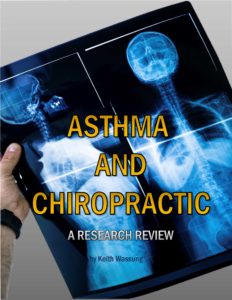
THE ASTHMA EPIDEMIC
Asthma is one of the fastest growing chronic conditions in the United States with over 15 million Americans affected, including four million children. The death rate from asthma has increased more than 66% since 1980, with a record 6,600 annual deaths attributed to asthma.1
Americans spend $6.2 billion annually on asthma treatment and over $1 billion on medications. Adults with asthma lose over $850 million in lost wages from work and parents with asthmatic children lose over $1 billion by staying home from work to care for their children. Asthma is the #1 cause of hospitalization for children in the United States.2

An estimated 300 million people worldwide suffer from asthma, with 250,000 annual deaths attributed to the disease. Studies show that almost all of these deaths are avoidable.
A study by Dutch and American researchers found that 75% of children with moderate to severe asthma still have the condition by the time they reach their mid-twenties.3

After a decade of decline, both the number of cases and deaths due to asthma are surging. Cases nearly doubled from 1994 to 2009 with the biggest increase among people ages 18-44, according to the American Lung Association.
In 2009, over 6,000 people succumbed to fatal attacks, twice the number who died in 1979. The death rate has risen fastest for African-American.4
U. S. NEWS & WORLD REPORT
ANATOMY OF AN ASTHMA ATTACK

An asthma attack is caused by an inflammatory response which causes constriction of the bronchial tubes.
“Several studies have shown that the incidence of asthma and allergies tends to rise in countries where childhood immunization rates are high. This has prompted some researchers to suggest that certain infections may trigger immune changes that protect children from developing asthma and allergies later. Preliminary studies have shown a protective effect of measles and infections with intestinal parasites.” 5
SCIENCE NEWS
CONVENTIONAL TREATMENT
Conventional treatment includes the use of bronchodilators, steroids and allergy desensitization shots to ease the symptoms of asthma and although no one would disagree with the appropriate use of medicine in controlling asthma, there is mounting research to suggest that serious problems often result with their usage.
“A focus on bronchodilators as the only therapy is inappropriate. It is symptomatic therapy that has nothing to do with the healing process.” 7
Dr. Michael Kaliner,
Head of Allergic Disease Section,
National Institute of Health

“People with asthma breathed a sigh of relief with the advent of inhaled steroids in the early 1990s. Thousands of people take high dosages daily in regimes that may last a lifetime. New research indicates that inhaled steroids may have an unsuspecting dark side. A study of nearly 50,000 elderly people in Canada found that prolonged use of inhaled steroids markedly increases a person’s risk of glaucoma, a leading cause of blindness.” 8
SCIENCE NEWS

“Our approach to asthma has been woefully inadequate and misguided, our medications have worsened the condition over the long term, and few of our doctors have developed the kind of comprehensive programs that emphasize healing and prevention.” 9
Dr. Firshein, Reversing Asthma
“Two recent studies conducted in Canada and New Zealand suggests that asthma patients who rely on inhaled beta-agonist dilators run twice the risk of dying. By opening airways that are normally constricted in an asthma attack, bronchodilators might actually expose the lungs to more of the substances that damage them, hurtling the asthmatic individual down a dangerous spiral.” 10
NEW YORK TIMES
The focus of medical science is beginning to shift away from attempts to contain the symptoms of asthma to exploring the controlling mechanism as a means of solving and preventing asthma and related respiratory conditions.

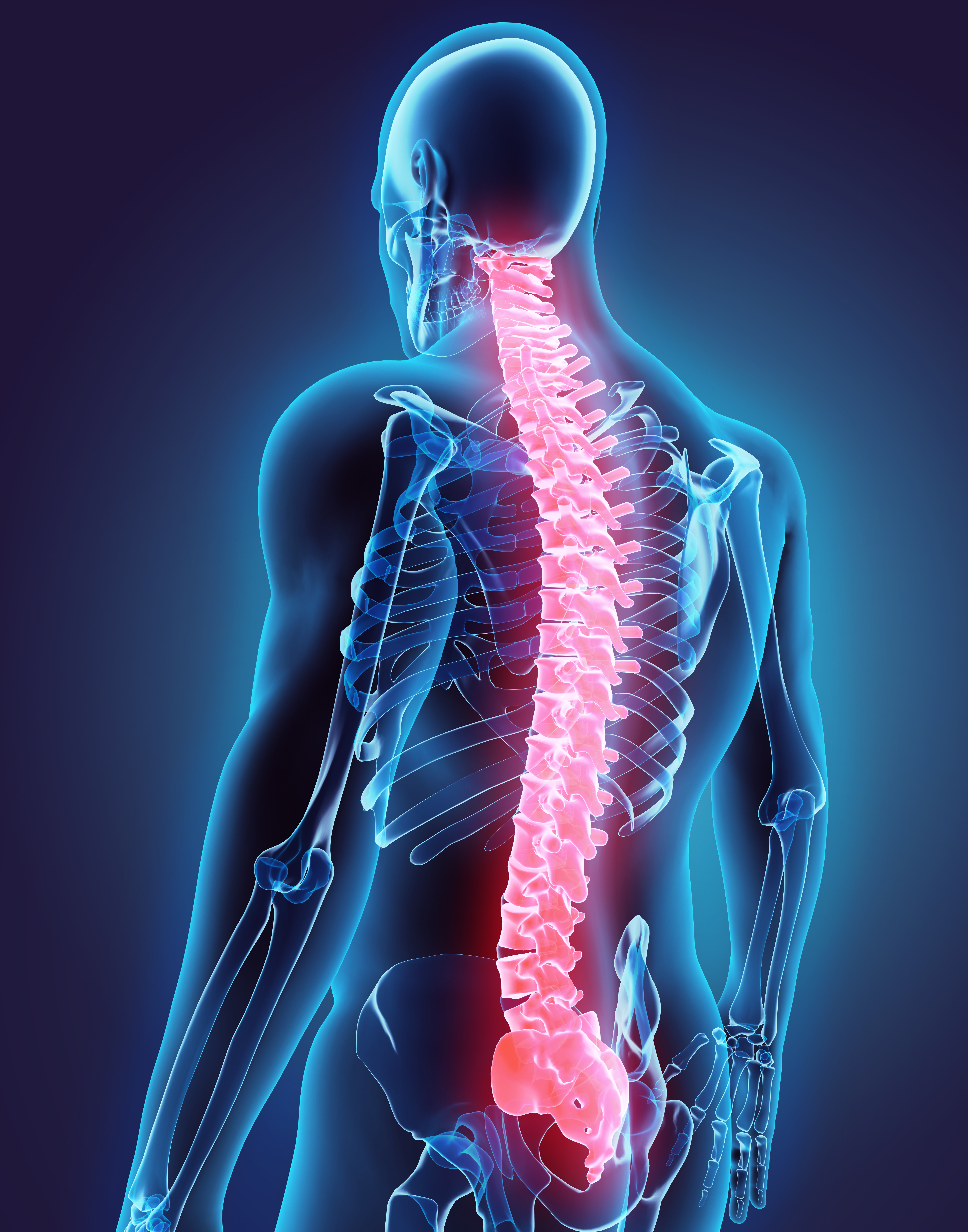
The nervous system is protected by the spine,
consisting of 24 moveable vertebrae. When the spine is
in its proper position, it protects the nerve pathways.
But when vertebrae become misaligned, interference to
the nerve impulses occurs, which reduces the overall
functioning of the nervous system and of the particular
organ to which it is assigned. These spinal
misalignments are known as vertebral subluxations.
“Physiopathic changes in spinal structures actually
produce an inhibition of nerve impulses. Subjective and
clinical findings associated with this syndrome include
severe asthma attacks and bronchial asthma.”13
NEVILLE T. USHER, M.D.
“Research has shown that an imbalance may exist
in the nervous system that supplies the bronchial
tubes of an asthmatic individual.” 14
FRANCIS ADAMS. M.D.
“Asthma is often related to the position of the first and
second thoracic vertebra, although misalignment of the
spine in other areas can be a contributing factor. Faulty
alignment around the seventh cervical vertebra
can also be a reason for asthma and other
breathing difficulties.” 15
ASTHMA: AN ALTERNATIVE APPROACH
Autonomic nervous system dysfunction likely plays a
role in chronic upper airway inflammatory disease.
Further investigation may lead to a better
understanding of autonomic nervous system
dysfunction in these disorders and hence, opportunities
for innovative solutions.16
OTOLARYNGOLOGY SURGERY JOURNAL
Abnormal autonomic nervous system responsiveness
may contribute to the pathogenesis of asthma and other
allergic diseases.17
ANNALS OF INTERNAL MEDICINE
Vertebral subluxations are devastating to a person’s health and are well documented by leading health authorities.
“Subluxation is very real. We have documented it to the extent that no one can dispute its existence. Vertebral subluxations change the entire health of the body by causing structural dysfunction of the spine and nerve interference. The weight of a dime on a spinal nerve will reduce nerve transmission by as much as sixty percent” 18
Chang Ha Suh, Ph.D.University of Colorado
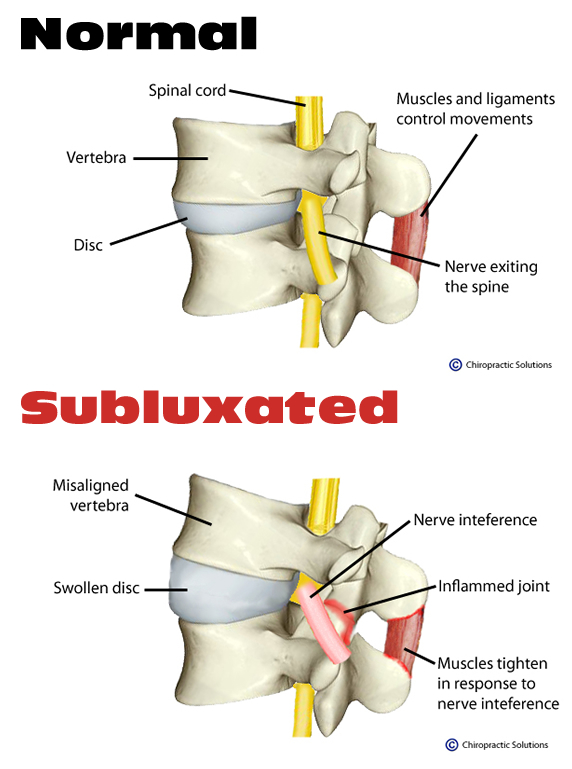
“Subluxations of vertebra occur in all parts of the spine and in all degrees. When the dislocation is so slight as to not affect the spinal cord, it will still produce disturbances in the spinal nerves passing off from the foramina.” 19
JAMES WODDERSEE, M.D.Neurosurgeon
“Nerve dysfunction is stressful to the visceral nerve and other body structures and the lowered tissue resistance modifies the immune response and lessens the overall capability of the immune system.” 20
SCIENCE
“Hyper functional or Hypo functional neurons along a neural chain prevent normal nerve transmission causing disturbances in the homeostasis of the cells, tissues and organs.” 21
Dr. T. N. Lee Academy of Pain Research
“Pathological changes have been observed at the cellular level after experimental compression of neural structures. These include Wallerian degeneration, dystrophic axons and occasional loss of myleniated nerve fibers.” 22
R. B. DELAMARTER, M.D.
“Abnormalities of central afferent and efferent pathways have been revealed by evoked potential studies in diabetic patients. Central nervous system abnormalities are more frequent in patients with peripheral neuropathy, but evoked potential can be abnormal even in patients without neuropathy.” 23
Clinical Neuroscience

CHIROPRACTIC
The science of Chiropractic is founded on the premise that a proper nerve supply is essential in controlling and regulating bodily function.
Doctors of Chiropractic detect and correct vertebral subluxations by physically adjusting the spine. This restores the nervous system to an optimum level of function, which maximizes the body’s inherent healing ability.
Chiropractors have never claimed that they can “cure” asthma and other related conditions and not all cases of asthma are caused by spinal stress, but scientific research has demonstrated that correcting subluxations does restore and improve respiratory and immune function, which improves conditions like asthma.
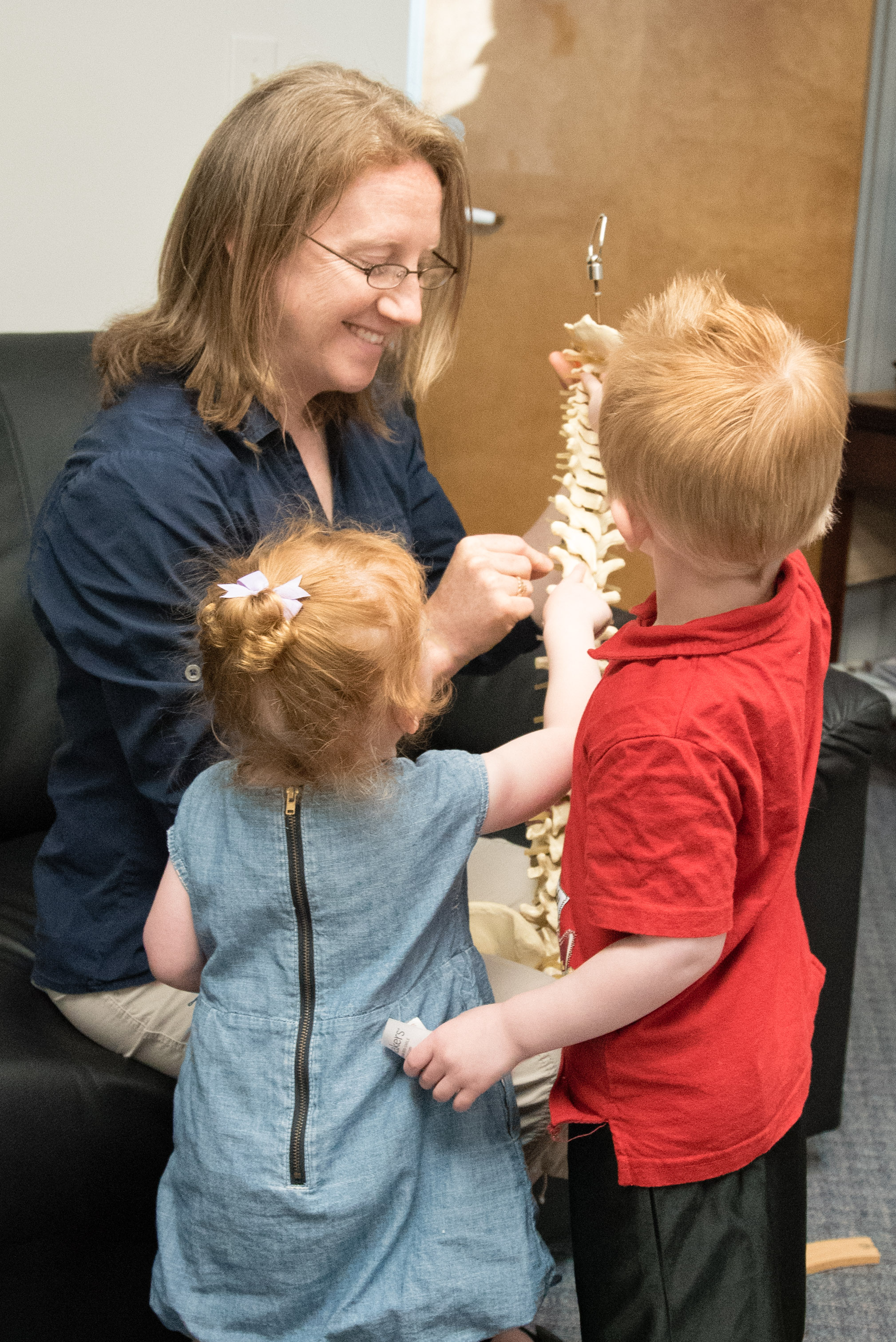
“One possible alternative to drug therapy for asthma is Chiropractic care. There is mounting preliminary clinical evidence that it may offer relief to asthma sufferers. It may also be possible to rectify, at least to some extent, the hyper-responsiveness of the lungs through Chiropractic.” 24
TRUE HEALTH JOURNAL
A study that was published in a Holland Medical Journal reported that out of a group of 115 families with asthmatic children, 73% had utilized Chiropractic care for the asthma and 92% of the families reported that Chiropractic was beneficial for their children. 25

The Brisbane Asthma Study reported that Chiropractic was the most frequently consulted form of alternative health care and that 29.6% of families with asthmatic children used Chiropractic for asthma treatment. When compared with other forms of alternative health care, Chiropractic received the highest satisfaction rate — 86.5%. 26
THE MEDICAL JOURNAL OF AUSTRALIA
76.5% of patients with bronchial asthma said they benefited from chiropractic treatment. Peak flow rate and vital capacity increased after the third treatment. 27
EUROPEAN CHIROPRACTIC UNION

The correction of vertebral subluxations with Chiropractic adjustments can improve conditions such as asthma because of the restored nerve supply to the pathways of both the respiratory and immune systems. Improvement of immune function is an often overlooked, but well documented benefit of Chiropractic care.

A study, published in the Chiropractic Research Journal, compared the health and wellness of 200 children under Chiropractic care to 200 children under conventional medical care.
The Chiropractic group had fewer ear
infections, fewer allergies, fewer cases
of tonsillitis and asthma. The health of
the children under Chiropractic care
was demonstrably superior
to the children who had not received it.29
“The quality of healing is directly proportional the functional capability of the nervous system
to send and receive nerve messages.”30
Janson Edwards, M.D. Ph.D.
Recent research by Dr. Patricia Brennan,suggests that spinal adjustments may have a direct effect
on certain aspects of immune function. Her group showed that when the thoracic spine (middle of
back) was adjusted, the respiratory burst cycle of white blood cells was enhanced.31
“By releasing stress on the nervous system, Chiropractic permits the
immune system to function more effectively.” 32
DR. IRVIN KORR
Studies that have measured the effect of Chiropractic treatment on the immune system have showed that Chiropractic may influence T and B lymphocytes, NK (Natural Killer) cell numbers, antibody levels, phagocytic activity, and plasma bet-endorphin levels. 33
A recent study by Dr. Ron Pero, a leading cancer and genetic research specialist, found that chiropractic patients of all ages had a 200% greater “immune competence” than people who had never received Chiropractic care and a 400% greater immune competence than people with serious diseases. 34
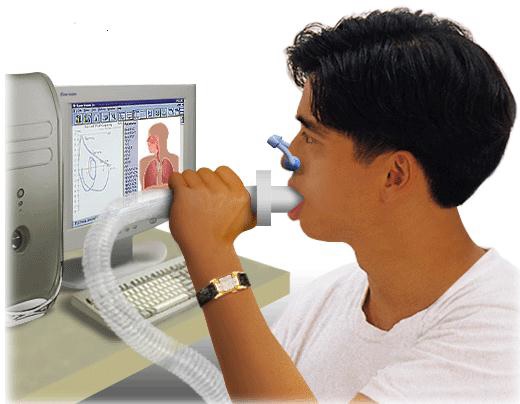
REFERENCES
1. Why Ebonie can’t breathe. Newsweek, 59 Underwood, A. Why Ebonie can’t breathe. Newsweek, 59 -64.
2. Firshein, R. Reversing Asthma. Warner Books.
3. Firshein, R. Reversing Asthma. Warner Books.
4. Podolsky, D. (2010, March). Gasping for life. U.S. News & World Report.
5. Raloff, J. (1997, January 25). Or childhood vaccinations? Science News.
6. Underwood, Why Ebonie can’t breathe. Newsweek, 56-64.
7. Jordan, D. The Asthma Epidemic
8. Sternberg, S. (1997, March 8). Breathing freely threatens seeing clearly. Science News.
9. Firshein, R. Reversing Asthma. Warner Books
10. Marantz Marantz -Hening. (1993, March 28). Asthma kills. New York Times Magazine.
11. Marieb, E. Human Anatomy and Physiology. Benjamin/Cummins Publishing Company, 76.
12.Usher, N.T., M.D. (1993). The viscerospinal syndrome. California Western Medicine, 38, 4.
13. Lee, T.. Thalamic Neuron Theory, Medical Hypothesis
14. Adams , F., M.D. The Asthma Sourcebook , F., M.D. The Asthma Sourcebook.
15. Roberts Roberts , R., & Sammut, J. Asthma: An Alternative Approach. Keats Publishing
16. Loherl, TA, Autonomic dysfunction, allergy and the upper airway. Otolaryngol Head Neck Surg.
17. Kaliner, M. Autonomic Nervous System Abnormalities and Allergy, Ann Intern Med.
18. DeRoeck, R. The confusion about chiropractors, (1989) Danbury, CT, Impulse Publishing
19. Woddersee, J. “Surgical Treatment .“
20. Science . (1981). pp. 1100 -1109.
21. Lee , T. ( 1994) ”Thalamic Neuron Theory”, Medical Hypothesis p. 285 -302
22. Delamater R.(1996) “Cauda Equina Syndrome” Spine, Vol. 16, #9,
23. Comi G. “Evoked potentials in diabetes mellitus” Clinical Neuroscience, 1997;4(6): 374-9
24. Rondberg, True Health Journal 2 (6)
25. Lange , B. (1989, July 10). Ugeskrift for Laeger, 151(28), 1815-18
26. Donnelly, W.J. (1985, May). Medical Journal of Australia, 142(10), 539 -54
27. Hviid C; Bull Euro Chiro Union 1978; 26: 17 -34
28. J Altern Complement Med. 2011 Sep;17(9):797- 801. Epub 2011 Aug 12.
29. Van Breda, W., & Van Breda, J.A. (1989, Summer).
30. Edwards, J. (1994, August)”Nerve dysfunction and tissue healing.” Journal of Neurological Science.
31. Brennan, P., & Hondras, M. (1989). “Priming of Neutrophils for Enhanced Respiratory Burst”
32.
Watkins LR Maier SF “Beyond Neurons: Evidence That Immune and Glial Cell Contribute States” Physiological Reviews, Vol. 82, No. 4, October 2002, pp. 981-1011.
33. Chiropractic Journal of Australia. (1993). “The Effects Chiropractic on the Immune System.“
34. Pero , R. (1988). “Boosting Immunity Through Chiropractic.” East -West Magazine
THE EDUCATION AND TRAINING OF A DOCTOR OF CHIROPRACTIC
Educational requirements for doctors of chiropractic are among the most stringent of any of the healthcare professions. The typical applicant at a chiropractic college has already acquired nearly four years of pre-medical undergraduate college education,including courses in biology,inorganic and organic chemistry, physics, psychology and related lab work. Once accepted into an accredited chiropractic college, the requirements become even more demanding—four to five academic years of professional study are the standard. Because of the hands-on nature of chiropractic, and the intricate adjusting techniques, a significant portion of time is spent in clinical training.
Doctors of chiropractic—who are licensed to practice in all 50 states,the District of Columbia, and in many nations around the world—undergo a rigorous education in the healing sciences, similar to that of medical doctors. In some areas, such as anatomy, physiology, rehabilitation, nutrition and public health, they receive more intensive education than their MD counterparts.
Like other primary healthcare doctors, chiropractic students spend a significant portion of their curriculum studying clinical subjects related to evaluating and caring for patients. Typically, as part of their professional training,they must complete a minimum of a one-year clinical-based program dealing with actual patient care. In total, the curriculum includes a minimum of 4,200 hours of classroom, laboratory and clinical experience. The course of study is approved by an accrediting agency which is fully recognized by the U.S.Department of Education. This has been the case for more than three decades.
Records from insurance and court cases have constantly shown that chiropractic is the safest portal of entry health care available to the public today. Although no healthcare procedures are 100% safe, chiropractic stands on its record of safety and effectiveness unmatched in healthcare.
The chiropractic adjustment is a safe, efficient procedure which is performed nearly one million times every working day in the United States.
There is a singular lack of actuarial data that would justify concluding that chiropractic care is in anyway harmful or dangerous. Chiropractic care is non-invasive,therefore,the body’s response to chiropractic care is far more predictable than its reactions to drug treatments or surgical procedures. Of the nearly one million adjustments given everyday in this country, complications are exceedingly rare.

